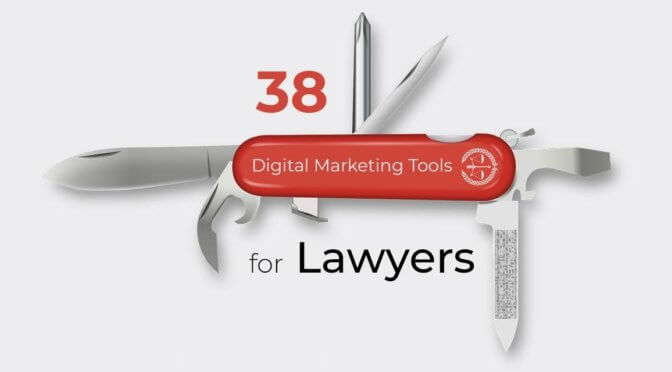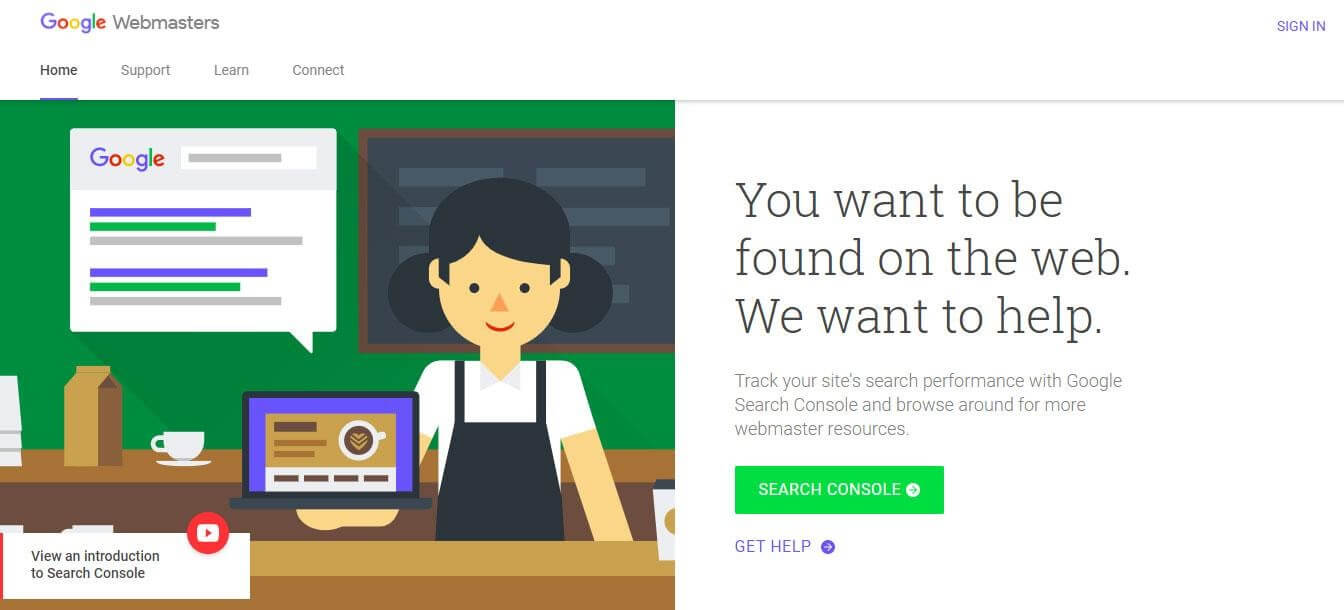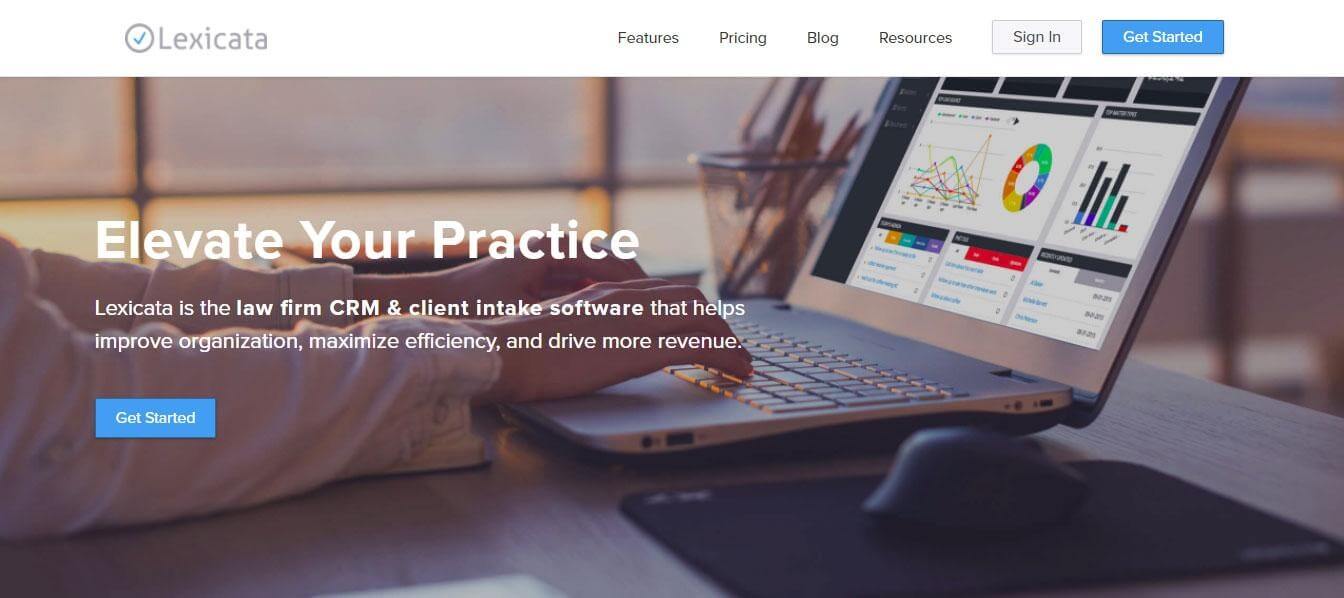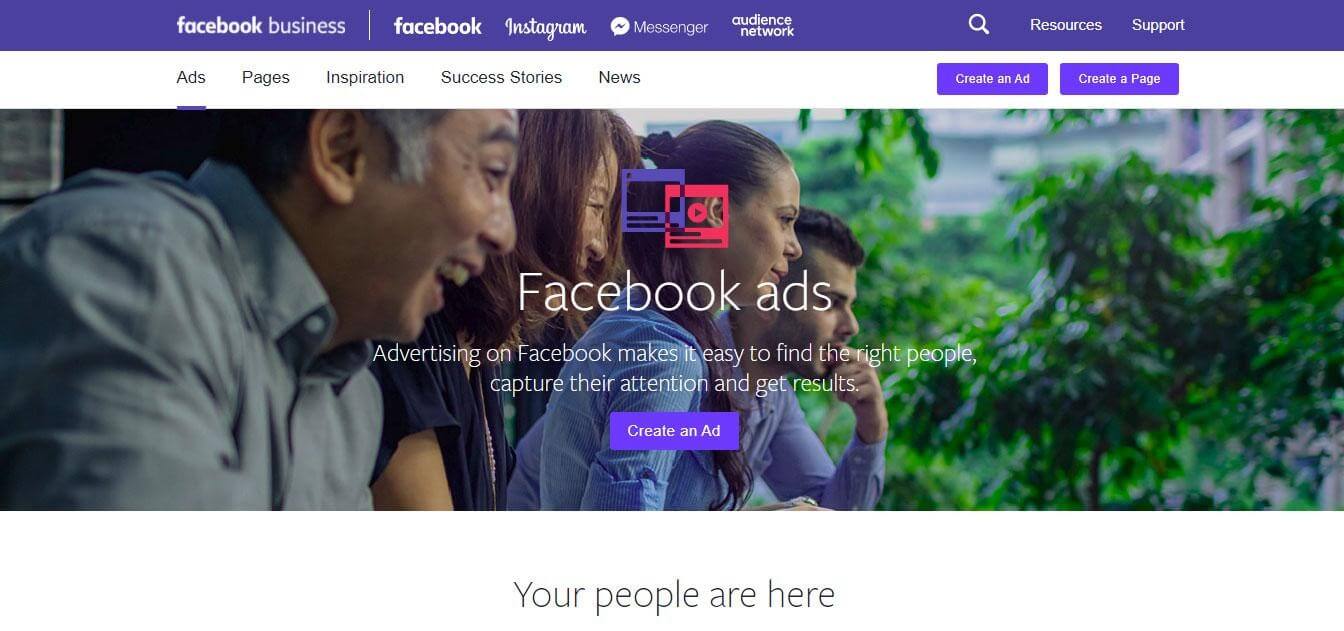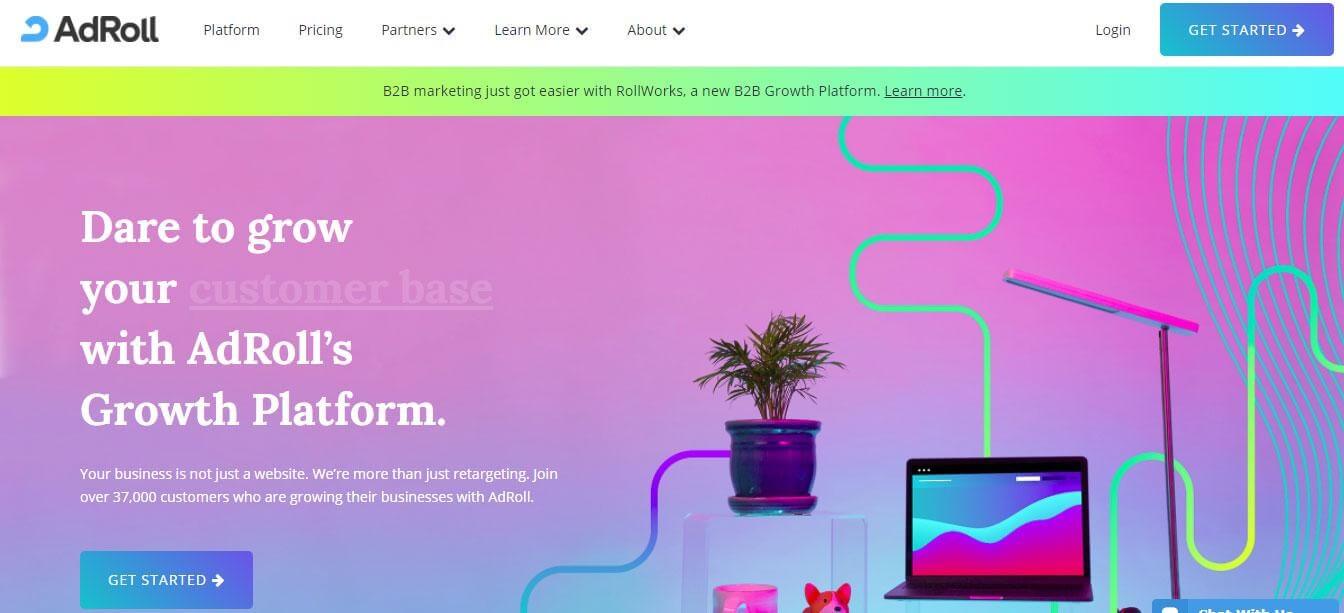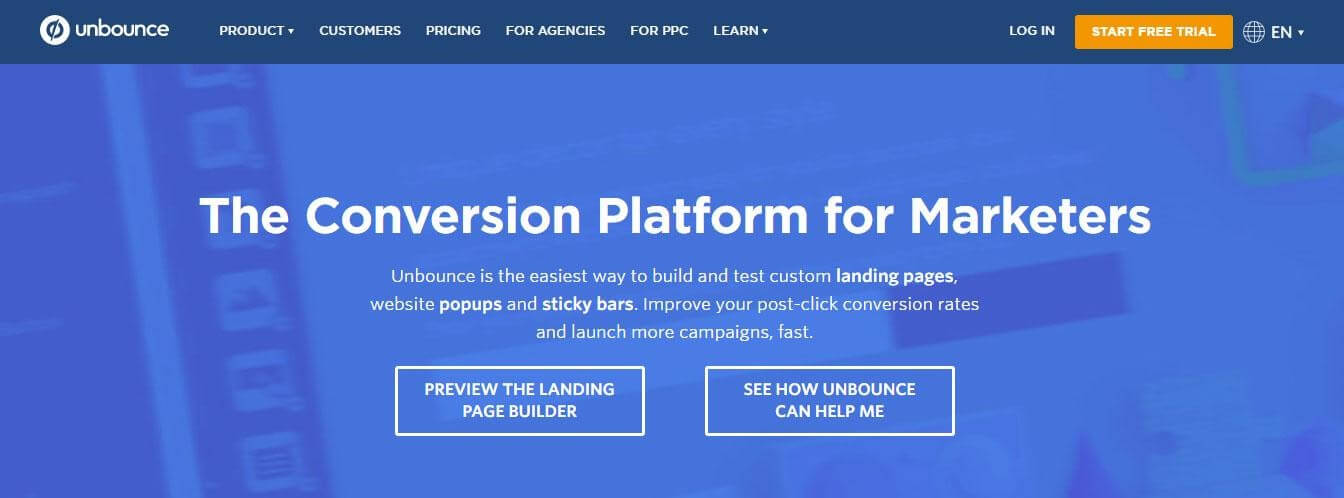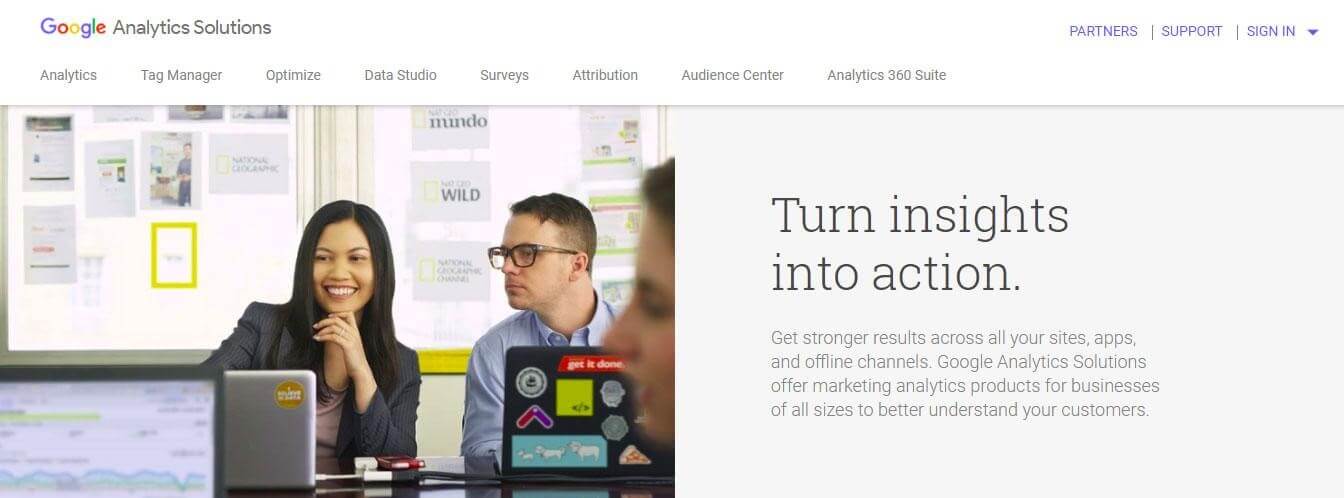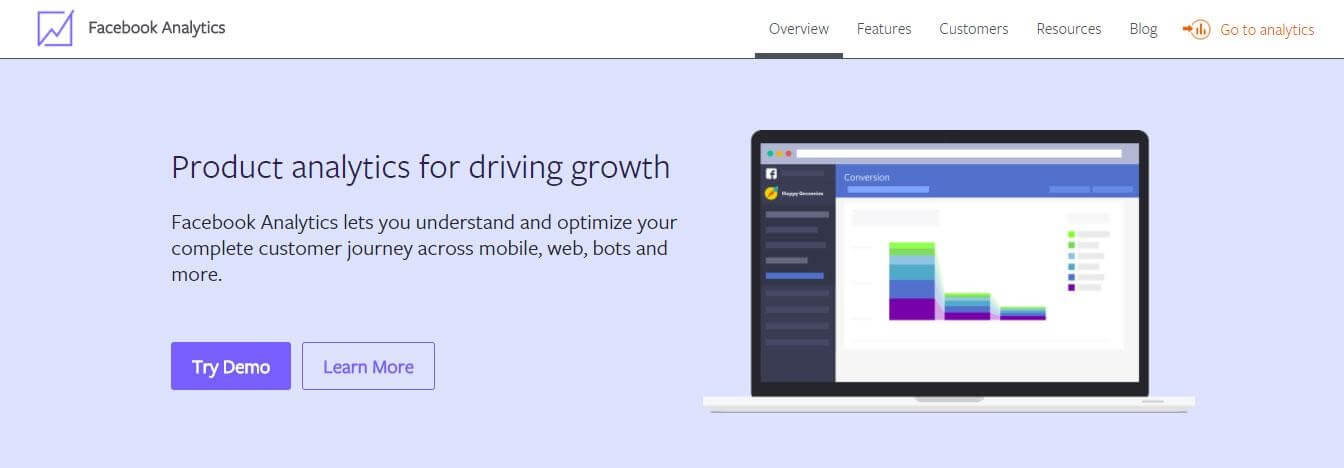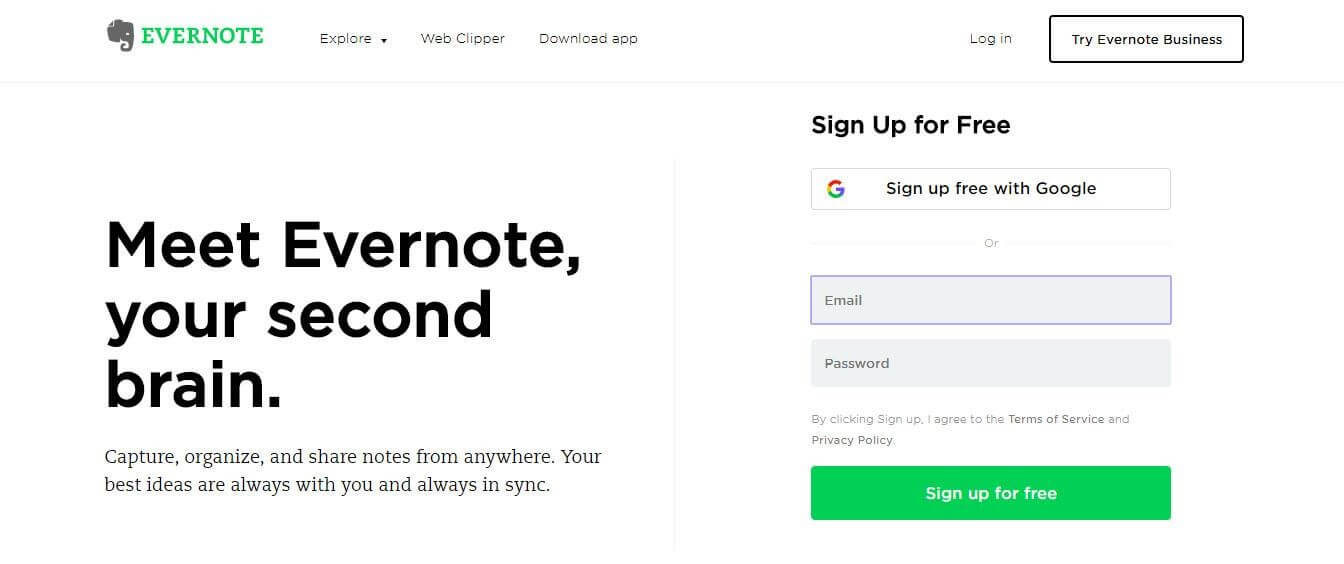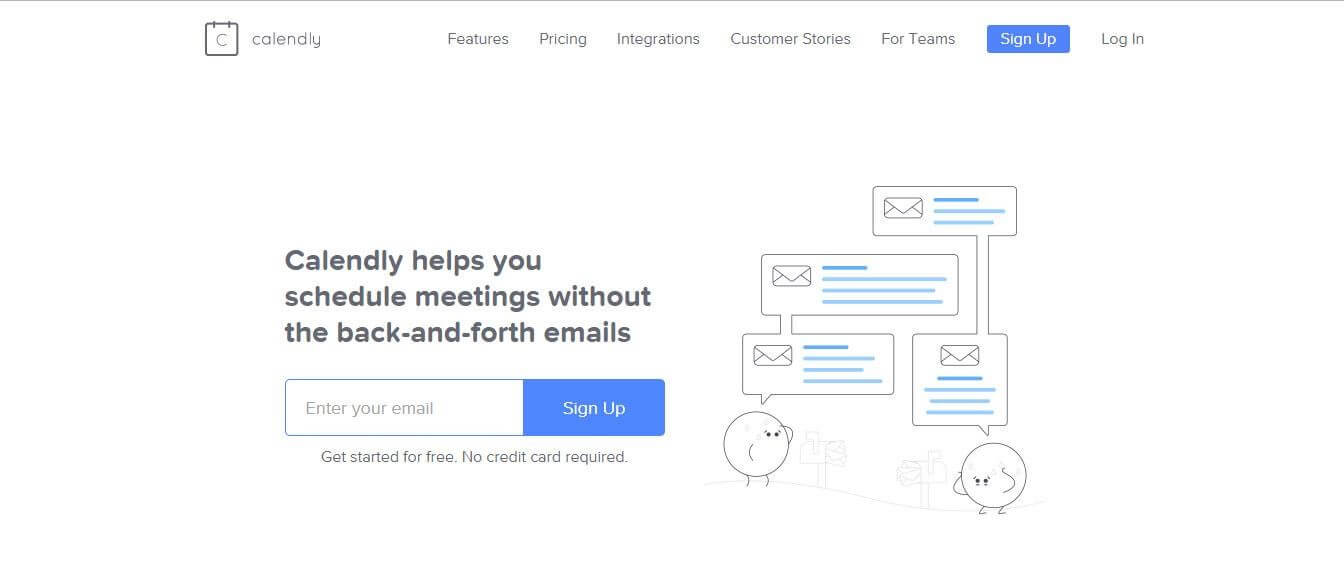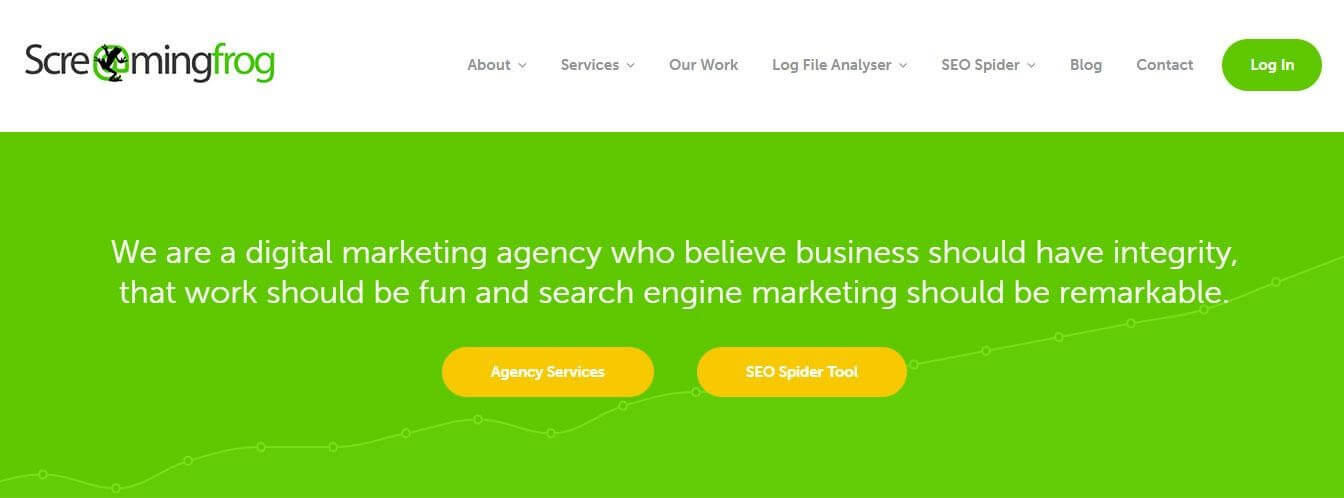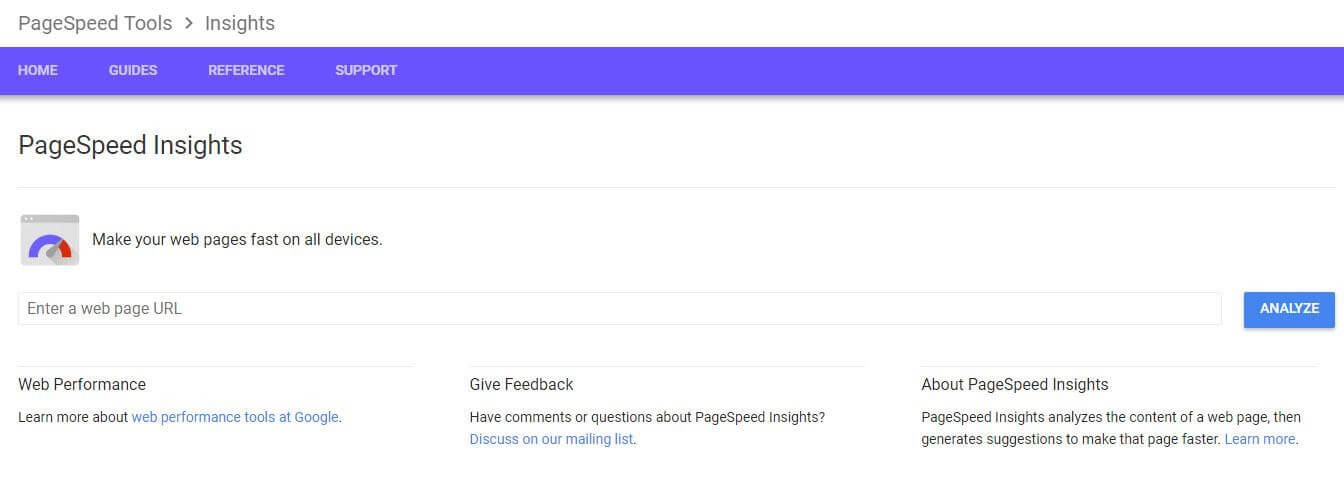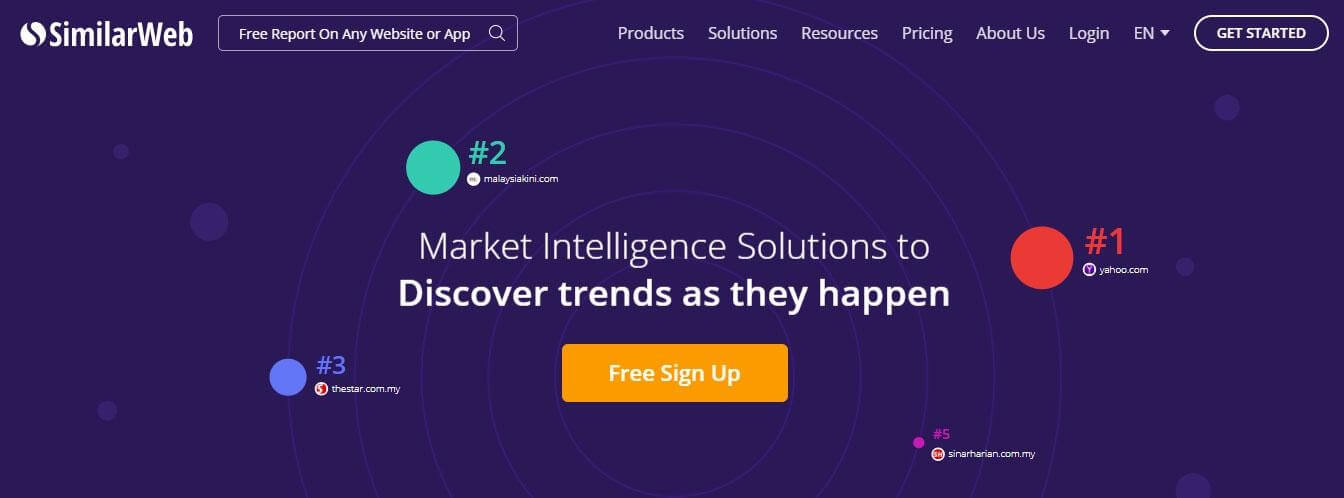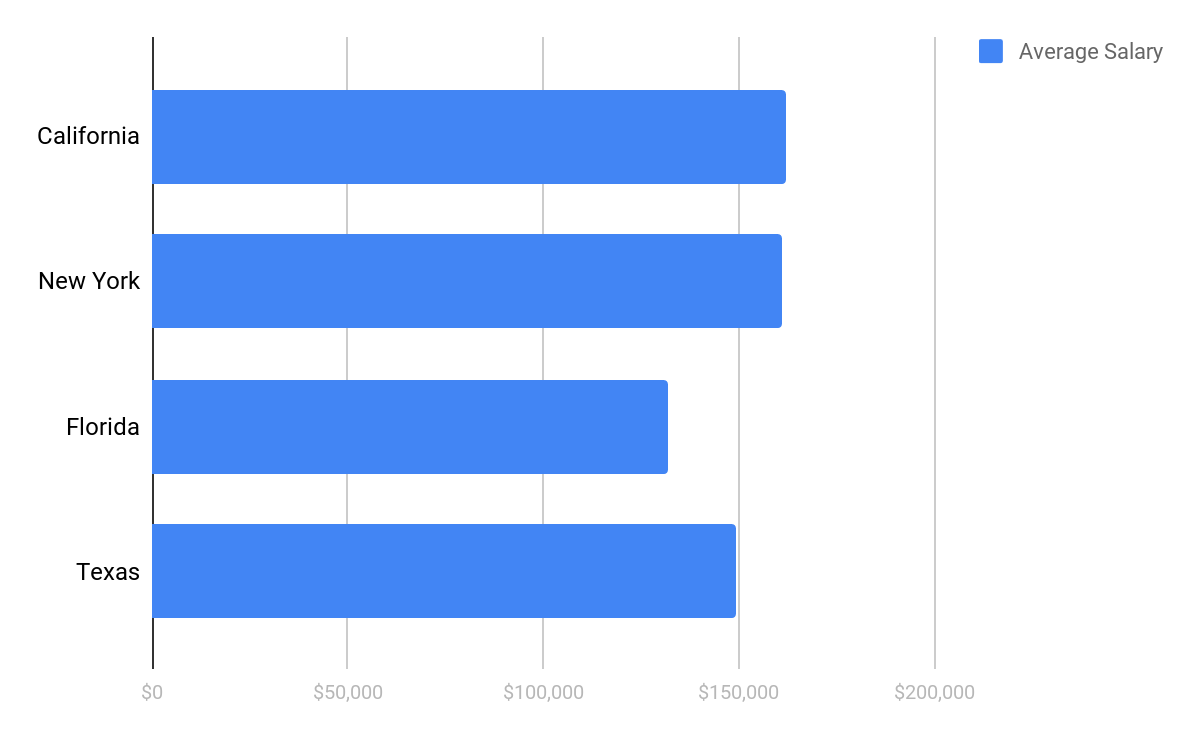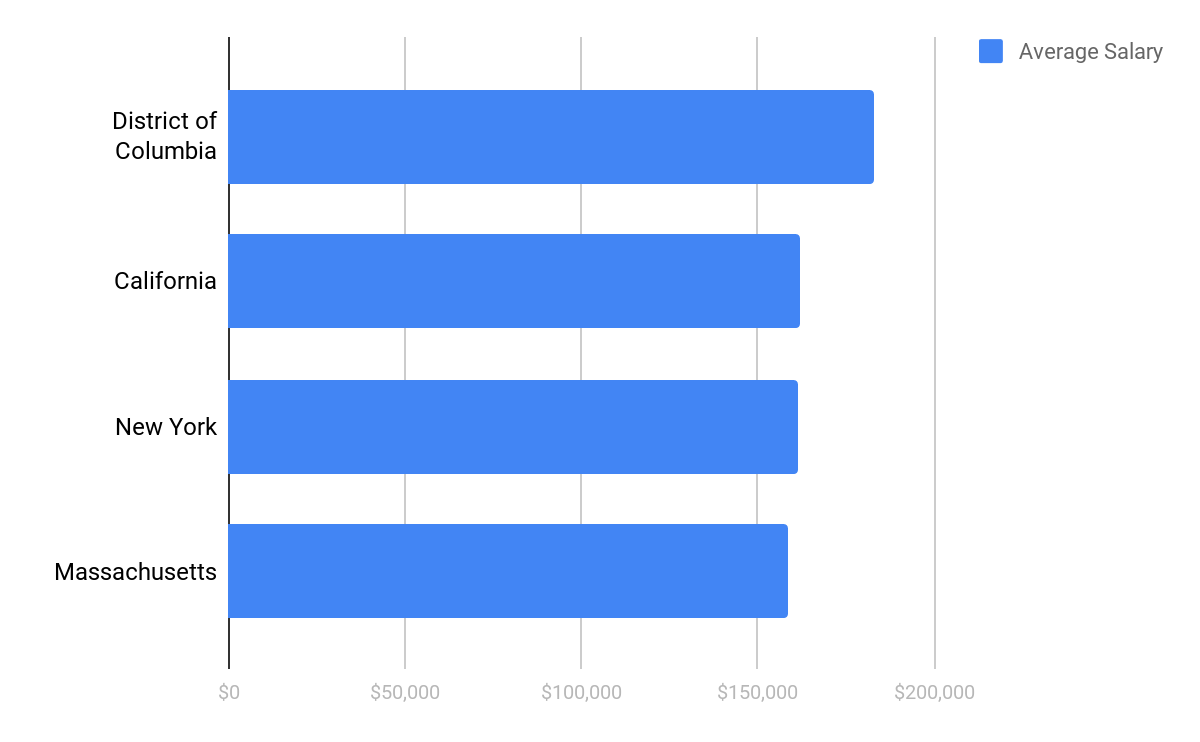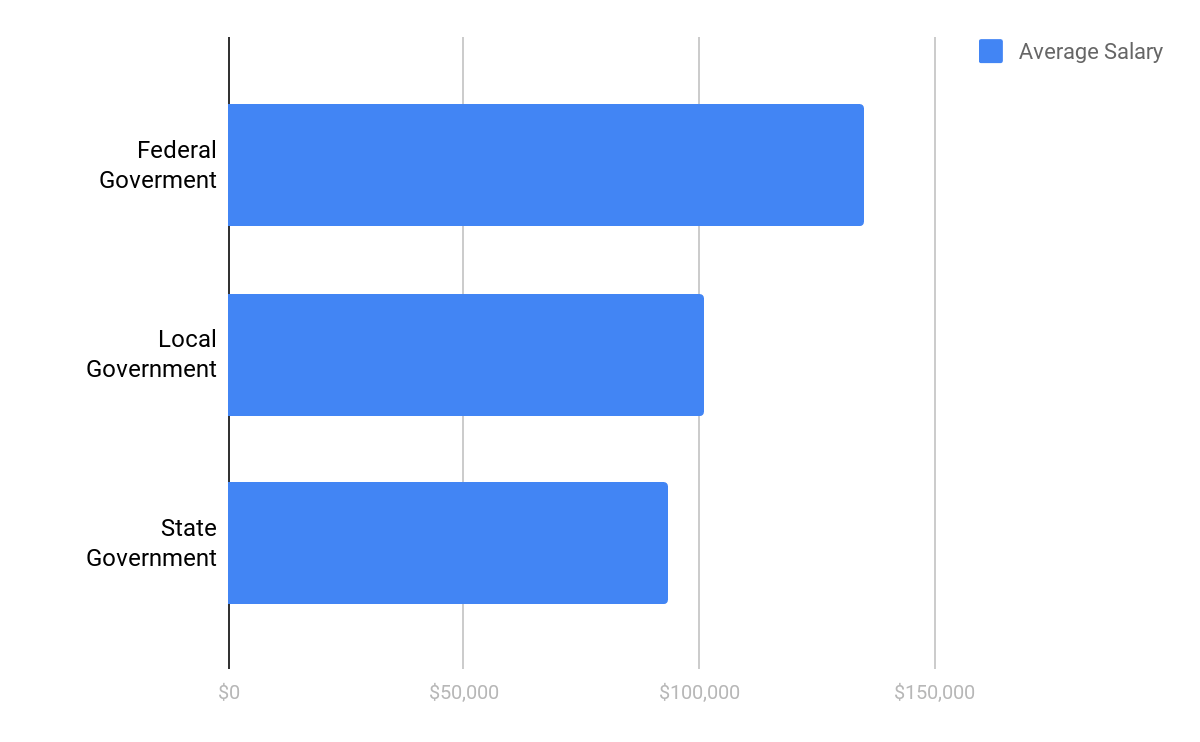Exploring the 909 Area Code: Location and Areas Served
The 909 area code is a significant part of California’s telecommunications landscape, covering a diverse and rapidly growing region. This article delves into the details of the 909 area code, its location, and the areas it serves, providing a comprehensive understanding of its role in connecting communities and businesses.
Where Is the 909 Area Code Located?
The 909 area code is located in Southern California, covering parts of San Bernardino and Riverside counties. It was created in 1992 when it was split from the 714 area code to address the increasing demand for telephone numbers in the region. This area code primarily serves the Inland Empire, a metropolitan area situated to the east of Los Angeles.
The Inland Empire, often referred to as the IE, is one of the fastest-growing regions in California, known for its diverse economy, scenic landscapes, and affordable living options compared to neighboring Los Angeles. The 909 area code is central to this region, supporting both residential and commercial telecommunications needs.
Areas Served by the 909 Area Code
The 909 area code encompasses a wide range of cities and communities within San Bernardino and Riverside counties. Here are some of the key areas served by the 909 area code:
- San Bernardino: As the county seat of San Bernardino County, San Bernardino is a major city within the 909 area code. It is known for its rich history, cultural attractions, and educational institutions, including California State University, San Bernardino. The city is also a hub for transportation and logistics, given its strategic location along major highways and railways.
- Ontario: Located in the southwestern part of San Bernardino County, Ontario is a thriving city known for its robust economy and vibrant community. The city is home to the Ontario International Airport, one of the busiest airports in the region, and the Ontario Mills shopping center, a popular retail destination. Ontario’s diverse economy includes sectors such as manufacturing, logistics, and retail.
- Riverside: Although most of Riverside falls under the 951 area code, parts of the city are served by the 909 area code. Riverside is the county seat of Riverside County and a key economic and cultural center in the Inland Empire. The city is home to the University of California, Riverside, and boasts numerous historical landmarks and cultural institutions.
- Rancho Cucamonga: Situated at the foothills of the San Gabriel Mountains, Rancho Cucamonga is a rapidly growing suburban city known for its high quality of life, excellent schools, and strong economy. The city features a mix of residential, commercial, and industrial areas, with notable attractions like Victoria Gardens, an upscale shopping and entertainment complex.
- Fontana: Fontana is a vibrant city in San Bernardino County known for its industrial base, including major manufacturing and logistics facilities. The city is also home to the Auto Club Speedway, a prominent motorsports venue, and offers various recreational opportunities through its parks and community centers.
- Chino: Located in the southwestern part of San Bernardino County, Chino is known for its agricultural heritage and suburban development. The city has a mix of residential neighborhoods, commercial centers, and industrial zones, contributing to its diverse economy.
- Redlands: Redlands is a charming city known for its historic downtown, tree-lined streets, and educational institutions, including the University of Redlands. The city offers a blend of suburban living and cultural amenities, making it a desirable place to live and work.
- Highland: Situated near San Bernardino, Highland is a growing city with a mix of residential, commercial, and recreational areas. The city provides easy access to the San Bernardino National Forest and offers a range of outdoor activities.
- Yucaipa: Yucaipa is a scenic city located in the foothills of the San Bernardino Mountains. Known for its small-town charm and natural beauty, Yucaipa offers numerous parks, trails, and outdoor recreational opportunities.
- Upland: Upland is a suburban city in San Bernardino County known for its historic downtown, tree-lined streets, and strong sense of community. The city features a mix of residential neighborhoods, commercial areas, and cultural attractions.
Expert Opinions and Facts
Experts in urban planning and telecommunications emphasize the importance of area codes in managing the distribution of phone numbers and supporting regional growth. According to the North American Numbering Plan Administrator (NANPA), the introduction and management of area codes like 909 are crucial for ensuring that growing regions have sufficient telephone number resources to support their population and economic activities.
The Inland Empire, served by the 909 area code, is one of the fastest-growing regions in California. The U.S. Census Bureau reports significant population growth in this area, driven by factors such as affordable housing, a strong job market, and a high quality of life. This growth has increased the demand for telephone numbers, making the efficient management of area codes essential.
Additionally, a report by the Inland Empire Economic Partnership highlights the region’s diverse economy, which includes sectors such as logistics, manufacturing, healthcare, education, and retail. The presence of a reliable and well-managed telecommunications infrastructure, including the 909 area code, is vital for supporting these industries and facilitating business communications.
The 909 area code also plays a crucial role in connecting residents and businesses to the larger Southern California region. Given its proximity to Los Angeles and other major metropolitan areas, having a local phone number with a 909 area code can enhance business credibility and customer trust. Local businesses often benefit from the perception of being easily accessible and part of the community, which can be a significant advantage in a competitive market.
In conclusion, the 909 area code is a vital part of Southern California’s telecommunications network, serving the diverse and rapidly growing Inland Empire region. From major cities like San Bernardino and Ontario to charming communities like Redlands and Yucaipa, the 909 area code connects residents, businesses, and institutions, supporting the region’s economic growth and quality of life. Understanding the location and areas served by the 909 area code is essential for appreciating its role in the development and connectivity of Southern California.
The 909 Area Code: Time Zone, Nearby Area Codes, and How to Get a 909 Phone Number
The 909 area code is a key component of Southern California’s telecommunications network, serving a diverse and dynamic region. This article explores the time zone of the 909 area code, the nearby area codes, and the process of obtaining a 909 phone number.
Time Zone of the 909 Area Code
The 909 area code is located in the Pacific Time Zone (PT). The Pacific Time Zone is eight hours behind Coordinated Universal Time (UTC-8) during Standard Time and seven hours behind UTC (UTC-7) during Daylight Saving Time. Daylight Saving Time typically begins in the spring and ends in the fall, during which clocks are set forward by one hour to make better use of daylight in the evenings.
The Pacific Time Zone covers the western part of the United States, including states like California, Washington, Oregon, and Nevada. Major cities within this time zone include Los Angeles, San Francisco, Seattle, and Las Vegas. Understanding the time zone is crucial for businesses and individuals in the 909 area code, especially for scheduling meetings, coordinating with partners, and ensuring smooth operations across different regions.
For example, a business in San Bernardino (part of the 909 area code) that needs to coordinate with clients on the East Coast must account for the three-hour time difference, as the Eastern Time Zone is three hours ahead of the Pacific Time Zone.
Nearby Area Codes
The 909 area code is part of a network of area codes that serve the densely populated and economically vibrant region of Southern California. These nearby area codes help manage the distribution of phone numbers and accommodate the region’s growing population and economic activities. Here are some of the significant nearby area codes:
- 951 Area Code: The 951 area code covers much of Riverside County and parts of San Bernardino County, including cities like Riverside, Moreno Valley, and Temecula. It was created in 2004 when it was split from the 909 area code to provide additional numbering resources for the rapidly growing Inland Empire.
- 714 Area Code: Covering northern Orange County, including cities like Anaheim, Santa Ana, and Huntington Beach, the 714 area code is one of the original area codes established in 1947. It is heavily associated with the Disneyland Resort and the Orange County cultural scene.
- 626 Area Code: The 626 area code serves the San Gabriel Valley, including cities like Pasadena, Alhambra, and Arcadia. It was created in 1998 when it was split from the 818 area code to address the growing demand for phone numbers in the region.
- 760 Area Code: Covering a large geographic area that includes parts of San Bernardino, Riverside, Imperial, and Inyo counties, the 760 area code serves cities like Palm Springs, Oceanside, and Victorville. It was created in 1997 when it was split from the 619 area code.
- 213/323 Area Codes: These area codes cover the central and downtown areas of Los Angeles. The 213 area code is one of the original area codes established in 1947, while the 323 area code was created in 1998 to provide additional numbering resources for the region.
- 818 Area Code: Serving the San Fernando Valley and parts of Los Angeles, including cities like Burbank, Glendale, and Northridge, the 818 area code was created in 1984 when it was split from the 213 area code.
These nearby area codes ensure that Southern California’s densely populated regions have sufficient telephone number resources to support their growth and connectivity.
How to Get a 909 Phone Number
Obtaining a 909 phone number is a straightforward process, whether for personal use or for establishing a business presence in the Inland Empire region. Here are several methods to get a 909 area code number:
- Contact a Local Telecom Provider: Traditional telecom providers such as AT&T, Verizon, and Spectrum offer local phone services. Contacting these providers to request a new line with a 909 area code is a common approach. Specify your preference for a 909 area code when setting up the service.
- Use VoIP Services: Voice over Internet Protocol (VoIP) services like Google Voice, RingCentral, and Vonage are popular options for obtaining a 909 area code number. VoIP services allow users to make and receive calls over the internet, often with additional features like call forwarding, voicemail, and virtual receptionists. Sign up for a VoIP service and choose a 909 area code during the setup process.
- Mobile Carriers: Major mobile carriers, including T-Mobile, AT&T, and Verizon, offer 909 area codes for new mobile lines. When purchasing a new mobile phone or adding a line to an existing plan, request a 909 number if it is available.
- Virtual Phone Number Providers: Companies like Grasshopper, eVoice, and Nextiva provide virtual phone numbers with a 909 area code. These services are particularly useful for businesses that want to establish a local presence in the Inland Empire without a physical office. Virtual phone numbers can forward calls to any existing phone line, making them versatile and convenient.
- Port an Existing Number: If you already have a phone number with a different area code and want to switch to a 909 area code, you can port your existing number to a new provider offering 909 area codes. This process involves transferring your current number to a new 909 number, maintaining continuity for your contacts while establishing a local presence.
- Business Phone Systems: Implementing a business phone system with a 909 area code can streamline communications for companies. Systems like PBX (Private Branch Exchange) or cloud-based phone systems provide advanced features like call handling, conferencing, and integration with customer relationship management (CRM) tools.
Expert Opinions and Facts
Experts in telecommunications and business strategy emphasize the importance of local area codes in building customer trust and supporting regional growth. According to the North American Numbering Plan Administrator (NANPA), the efficient management of area codes like 909 is crucial for ensuring that growing regions have sufficient telephone number resources to support their population and economic activities.
The Inland Empire, served by the 909 area code, is one of the fastest-growing regions in California. The U.S. Census Bureau reports significant population growth in this area, driven by factors such as affordable housing, a strong job market, and a high quality of life. This growth has increased the demand for telephone numbers, making the efficient management of area codes essential.
Additionally, a report by the Inland Empire Economic Partnership highlights the region’s diverse economy, which includes sectors such as logistics, manufacturing, healthcare, education, and retail. The presence of a reliable and well-managed telecommunications infrastructure, including the 909 area code, is vital for supporting these industries and facilitating business communications.
The 909 area code also plays a crucial role in connecting residents and businesses to the larger Southern California region. Given its proximity to Los Angeles and other major metropolitan areas, having a local phone number with a 909 area code can enhance business credibility and customer trust. Local businesses often benefit from the perception of being easily accessible and part of the community, which can be a significant advantage in a competitive market.
In conclusion, the 909 area code is a vital part of Southern California’s telecommunications network, serving the diverse and rapidly growing Inland Empire region. From major cities like San Bernardino and Ontario to charming communities like Redlands and Yucaipa, the 909 area code connects residents, businesses, and institutions, supporting the region’s economic growth and quality of life. Understanding the location, time zone, nearby area codes, and how to obtain a 909 phone number is essential for appreciating its role in the development and connectivity of Southern California.
Establishing a Presence with a 909 Area Code: Why Your Business Needs a Local 909 Area Code Number
In today’s competitive business environment, having a local presence is crucial for building trust, establishing credibility, and effectively reaching your target audience. One effective way to achieve this in Southern California is by obtaining a 909 area code number, which is closely associated with the Inland Empire region. This article explores how to get a 909 area code number and why it is beneficial for your business.
Get a 909 Area Code and Establish a Presence
Acquiring a 909 area code number is a strategic move for businesses looking to establish a local presence in the Inland Empire. Here are several methods to obtain a 909 area code number and steps to effectively establish your business presence:
- Contact Local Telecom Providers: Traditional telecom providers such as AT&T, Verizon, and Spectrum offer local phone services. Contacting these providers to request a new line with a 909 area code is straightforward. Specify your preference for a 909 area code to align with your business’s geographic targeting.
- Utilize VoIP Services: Voice over Internet Protocol (VoIP) services like Google Voice, RingCentral, and Vonage are popular for their flexibility and cost-effectiveness. Signing up for a VoIP service allows you to choose a 909 area code during the setup process. These services often come with additional features like call forwarding, voicemail, and virtual receptionists, enhancing your business operations.
- Mobile Carriers: Major mobile carriers, including T-Mobile, AT&T, and Verizon, offer 909 area codes for new mobile lines. When getting a new mobile line or adding a line to an existing plan, request a 909 area code to establish a local presence.
- Virtual Phone Number Providers: Companies like Grasshopper, eVoice, and Nextiva specialize in providing virtual phone numbers. These numbers can be forwarded to any existing phone line, making them ideal for businesses that want a local Inland Empire presence without a physical office. Virtual numbers come with features such as call routing, automated greetings, and analytics.
- Port an Existing Number: If your business already has an established phone number, you can port it to a new provider offering 909 area codes. This process involves transferring your current number to a new 909 number, maintaining continuity for your customers while establishing a local presence.
- Business Phone Systems: Implementing a business phone system with a 909 area code can streamline communications. Systems like PBX (Private Branch Exchange) or cloud-based phone systems provide advanced features like call handling, conferencing, and integration with customer relationship management (CRM) tools.
Why Your Business Needs a Local 909 Area Code Number
Having a local 909 area code number offers several compelling benefits for your business, especially in the context of the Inland Empire region. Here are key reasons why your business needs a local 909 area code number:
- Builds Trust and Credibility: Customers often prefer doing business with local companies. A local 909 area code number can enhance your business’s credibility, making it more likely for potential clients in the Inland Empire to trust and choose your services. This local presence can be crucial for service-oriented businesses such as real estate, healthcare, and legal services.
Example: A real estate agency in San Bernardino using a 909 area code number can attract more local clients looking to buy or sell property. Clients perceive the agency as familiar with the local market, increasing their trust and willingness to engage.
- Improves Customer Accessibility: A local phone number makes it easier for customers to reach you without incurring long-distance charges. It signals that your business is accessible and available to the local community, fostering better customer relationships.
Example: A local bakery with a 909 area code number can receive orders and inquiries from Inland Empire residents more conveniently. Customers appreciate the ease of contacting a nearby business for catering services or special orders.
- Enhances Marketing Efforts: Local phone numbers can be a powerful marketing tool. When used in advertising, a 909 area code number reinforces your business’s local presence, making your marketing efforts more effective.
Example: A digital marketing agency advertising its services with a 909 area code number can attract Inland Empire-based businesses looking for local expertise. The local number assures potential clients of the agency’s familiarity with the local market dynamics.
- Supports Local SEO: Search engines prioritize local businesses in search results. Having a 909 area code number on your website and online listings can improve your local search engine optimization (SEO) efforts, increasing your visibility to local customers.
Example: A plumbing service using a 909 area code number on its Google My Business listing can rank higher in local search results, attracting more customers searching for plumbing services in San Bernardino or Ontario.
- Facilitates Networking and Partnerships: A local phone number can enhance your networking efforts within the community. It makes it easier to connect with local partners, suppliers, and other businesses, fostering beneficial collaborations.
Example: A startup technology firm with a 909 area code number can establish connections with local tech hubs, incubators, and investors, facilitating growth and collaboration opportunities.
- Professional Image: A local phone number contributes to a professional image, particularly for small and medium-sized businesses. It signals that your business is established and serious about serving the local community.
Example: A home cleaning service using a 909 area code number presents a professional image to potential clients, differentiating itself from less established competitors.
Expert Opinions and Facts
Experts in business strategy and telecommunications emphasize the importance of a local presence in building customer trust and driving business growth. According to a study by the Local Search Association, 70% of consumers are more likely to engage with a business that has a local phone number. This finding underscores the value of local numbers in attracting and retaining customers.
Additionally, a report by BIA/Kelsey highlights that local businesses with a strong online and offline presence, including local phone numbers, see higher customer engagement and conversion rates. The report suggests that integrating local numbers into marketing strategies can significantly enhance a business’s reach and effectiveness.
Moreover, the Inland Empire Economic Partnership emphasizes the importance of a local presence in the rapidly growing Inland Empire region. The area is one of the fastest-growing regions in California, with a diverse economy that includes sectors such as logistics, manufacturing, healthcare, education, and retail. The partnership notes that having a local phone number can help businesses tap into the area’s dynamic market and connect with its diverse population.
In conclusion, obtaining a 909 area code number is a strategic move for businesses looking to establish a presence in the Inland Empire. It builds trust, improves accessibility, enhances marketing efforts, supports local SEO, facilitates networking, and projects a professional image. As the Inland Empire continues to grow, a local 909 area code number can be a valuable asset for any business aiming to succeed in this vibrant market.

